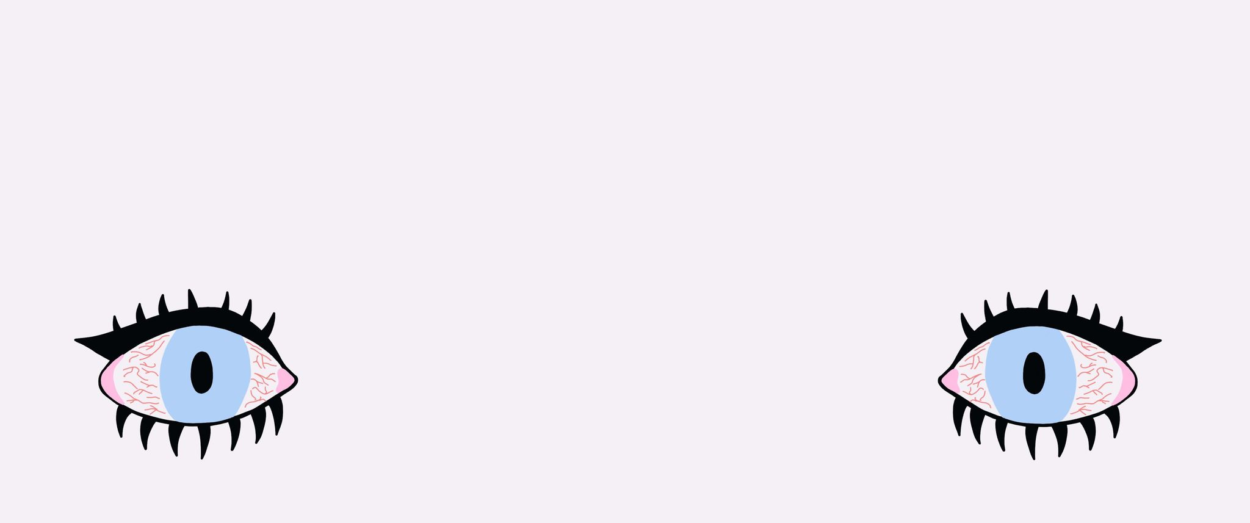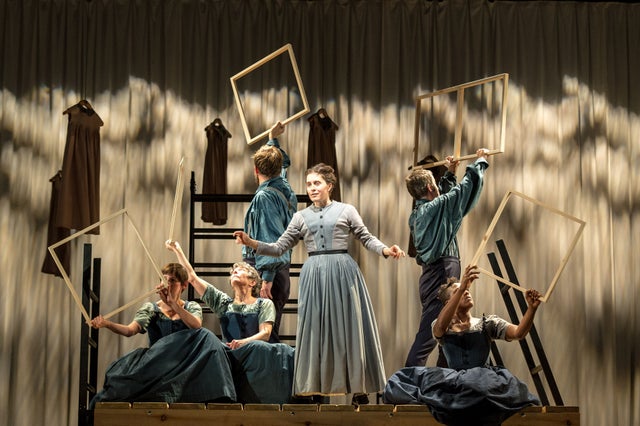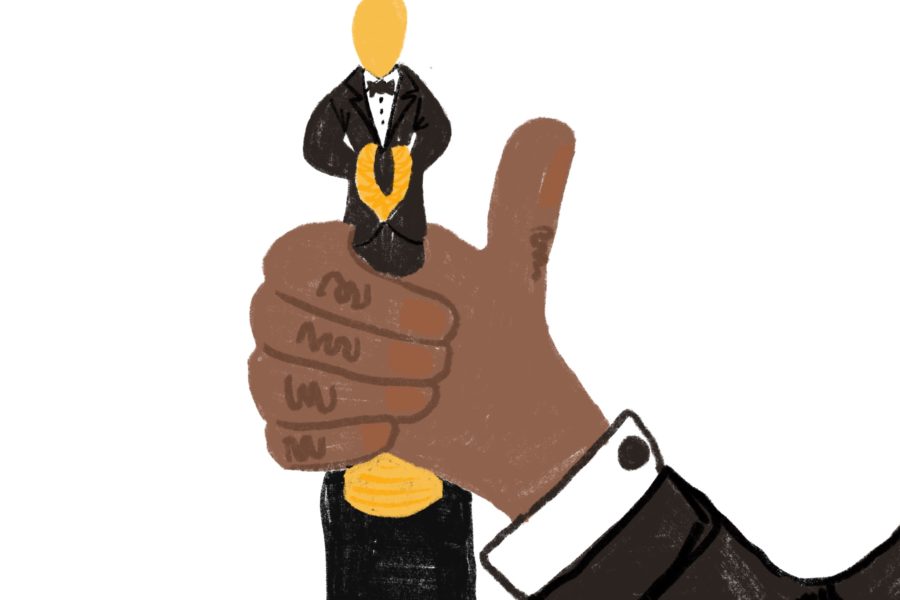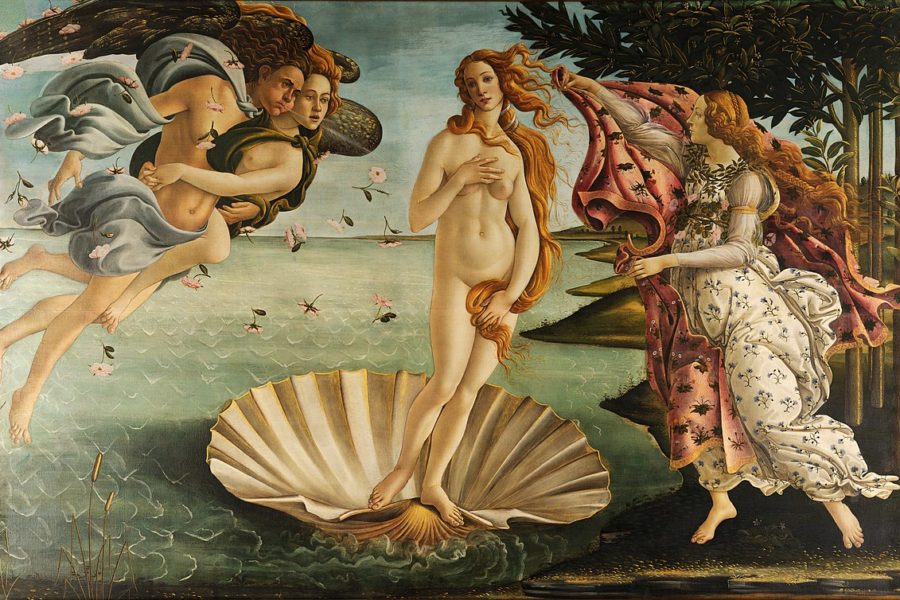The idea of a child has always been available for corruption. It’s not a fact we like to talk about, but it’s something we’re all aware of. Nabokov’s Lolita, Jodi Foster’s precocious Iris, Youtube compilations of under-aged girls dancing, curated faithfully by anonymous men…

Glitter makes us blind: A critique of Euphoria
A critique of Euphoria: how aesthetics recontextualise paedophilia
The idea of a child has always been available for corruption. It’s not a fact we like to talk about, but it’s something we’re all aware of. Nabokov’s Lolita, Jodi Foster’s precocious Iris, Youtube compilations of under-aged girls dancing, curated faithfully by anonymous men.
However, as quick as we are to call out depravity in works that openly sexualize children, we appear blind to the way that the media has re-packaged paedophilic consumption. It’s not brilliant, or even very creative. But modern media has successfully appealed to both the aesthetic passions that drive younger generations and the nostalgia that hypnotises older ones. In doing so, our favourite shows have transformed the way we look at children, and are now successfully eroding our relationships to our younger selves. The purest example of this confusing, titillating combination isn’t some obscure production… it’s sitting front and centre on your HBO Now page.
Now don’t get me wrong, Euphoria is class. I watched the first season rabidly, devouring episodes as they appeared and then heading straight to Twitter to vent my frustrations on the hyperbolic struggles of these teenagers. It’s a soap opera of epic proportions with a choke-hold on the aesthetics of our generation.
However, a pandemic and a two year break from the show didn’t leave me clamouring for conclusions to the warped storylines of Cassie or Rue. At first I thought it was an oversaturation of Zendaya, a lack of enthusiasm for women screaming at each other, or possibly my own lived experiences with drug use and sexual assault influencing my viewing. But as I caught snippets of the show from my Instagram explore page, I found myself focusing less on Vogue’s graphic eyeliner tutorials and sparkly edits. I realised that the problem with Euphoria wasn’t the content specifically, but rather the people enacting it. The glitter and music had duped me into viewing my least favourite trope, one that opens doors to exploitation and violence… the age old problem of adults playing teenagers.
We’ve seen adults playing children as long as there have been teen movies, even The Breakfast Club had only two working minors amongst their hallowed ranks. However, the content in Euphoria has less to do with dancing in the library and far more to do with glamorizing addiction and sexual violence. This is not to say that these issues are taken lightly or portrayed inaccurately; in fact, Euphoria goes out of its way to explore every nook and cranny of the pain and vulnerability within these topics.
The term glamorization should instead be stripped down to its bare definition of ‘making something more beautiful’. By casting adult women to receive the violence intended for children, we are treated to a more acceptable image of deeply disturbing content. The subconscious awareness that these characters are in their mid-twenties makes violence against children more visually palatable, allowing show creators to push the envelope even further. For every step the show takes in attempting to show the harsh drama of modern teenage life, the adult casting and reliance on hypersexuality pushes the content further from reality.
The same can be said for the show’s sexual content – the fact that Sidney Sweeny is 24 complicates our intake of her uncomfortably long nude scenes. The actress came forward earlier this year discussing her discomfort around director Sam Levinson’s insistence on her nudity, and was (rightfully) supported as a woman seeking privacy and creative autonomy … very few comments were centred around the fact that she portrays a minor.
The average age of a Euphoria star is 25. The characters they are playing are between 16 and 18. The show calculatingly reflects the very demographic that watches it: the 1997-2000 generation flung between the aesthetics of the Millennial Era and Gen Z. When we, in our early 20s, watch others in their early 20s enact wild, colourful, dramatic interpretations of our teenage years, we begin to forget how those four years of high school actually felt.
This presents another issue within Euphoria. This surreal world, seemingly devoid of dress codes and replete with free drugs, has replaced the mundanity that most of us experienced in our formative, pre-adult years. It baits our nostalgia by highlighting that memorable era, and then reels us in on the imagery of teenagers with shredded bodies and feline features… things you only grow into once your brain has fully developed.
When I was in high school I wore the same black ballerina flats, skinny jeans, and knit cardigan over my theatre department long-sleeved tee every day. In the deep 2010s, American high schools were replete with the fading relevance of Hollister and Abercrombie and quivering with the first ripples of crop-tops and chokers that would define our present era. I used to look back on my image and cringe. Why didn’t I wear better clothes, why wasn’t my make-up sleeker, the list of internal inquiries went on and on.
But I realise now, as an adult, that interrogating my younger self for how she looked does nothing but erode my own sense of self. She was a child. Her prerogative was getting her homework done and going to rehearsal. Did she sneak vodka out of the house in that cardigan? Absolutely, but she never needed to appear older or more sexual to get plastered on a bench with her friends.
It is impossible to hold a child to the standards of teen-centred media, and here lies the greatest danger of shows like Euphoria. The image of a child has been changed irrevocably, both for the adults watching Euphoria as a guilty pleasure, and for the minor watching the show as gospel. These are the real victims. The more media we see that upholds these standards of perversity for children, the more real children will be affected. Our society is constantly finding new ways to sexualize minors- from reruns of Dance Moms where the girls are pushed to wink at the judges, to the countdown to Millie Bobbie Brown’s 18th birthday, (it’s real and it’s disgusting).
If Euphoria took place in college, this issue would be slightly less emergent. However, because it erodes at the already hazy boundaries of the late teens, it represents a very real danger to young people by okaying a dizzying amount of violence and exploitation – not explicitly through the narrative, but through the imagery that the show relies upon. The stars of Euphoria are impossible to avoid: outside the show they are beautiful individuals who exemplify rising talent, but within the production that gave them fame, they uphold an unhealthy, predatory view of children.In the wake of season two, I urge you to reflect on yourself at that age with compassion. Don’t compare yourself to the highly embellished, sexualized bodies that cloud that of lived experience. To fully enjoy media is to be aware of its cultural impact. Maybe the true impact of Euphoria needs to be analysed a bit further before we give it its laurels.
Julia Hegele, Arts and Culture Editor
Header image by the wonderful Peggy Mitchell





Leave a Comment